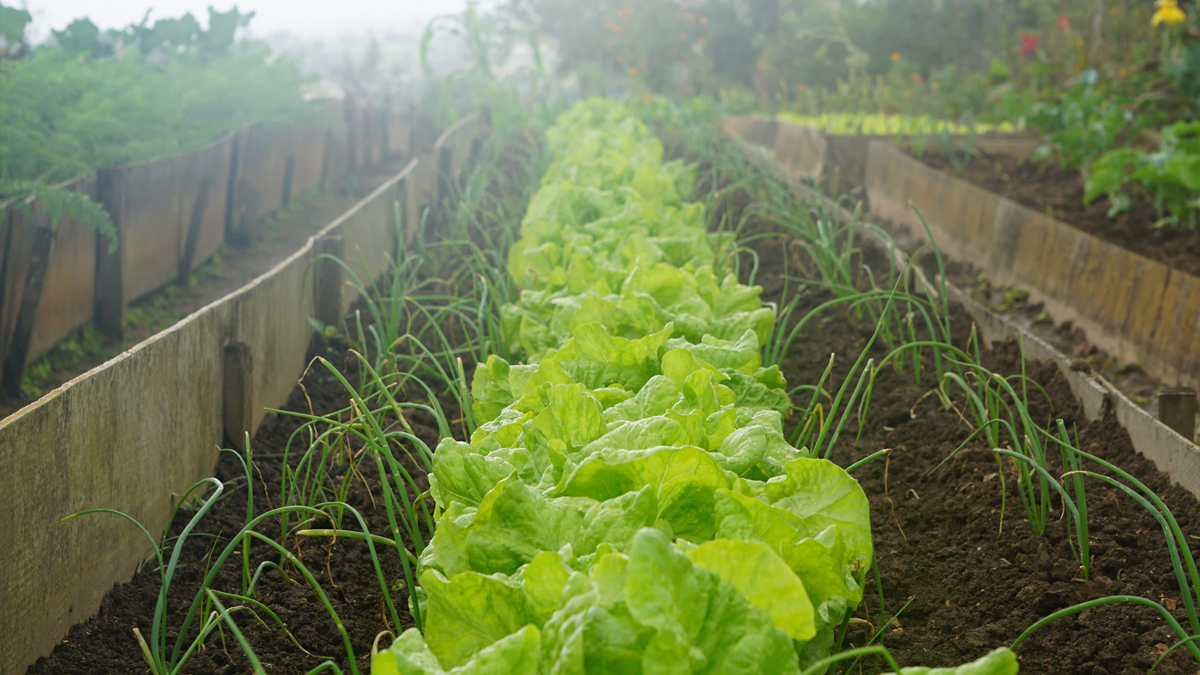on
Want to enjoy home-grown food year after year without having to start your garden from scratch each spring? Then, it’s time to discover the perennial food garden.
What Is a Perennial?
A perennial is a plant that comes back year after year. This differentiates it from annuals, which must be planted each year and biennials, which only live for two years.
The key here is that you won’t have to reseed or replant these plants each year to enjoy a harvest of food. Just plant your garden or orchard once, and your plantings should last for several years, maybe even several decades.
The most obvious perennials for your garden are berries, fruits and nuts. Choose ones adapted to your climate and the fruit and nut trees will most likely outlive you. Berries on the other hand will need to be replaced in 7-10 years depending on your climate, and the type of berry.
10 Perennial Vegetables To Try
Once established, perennial vegetables are often more resistant to the attacks of pests, due to their reserves of energy stored in their roots. They also require less work for the gardener, as there is no need to prepare the ground every year, and they tend to have an extended harvest season.
1. Asparagus
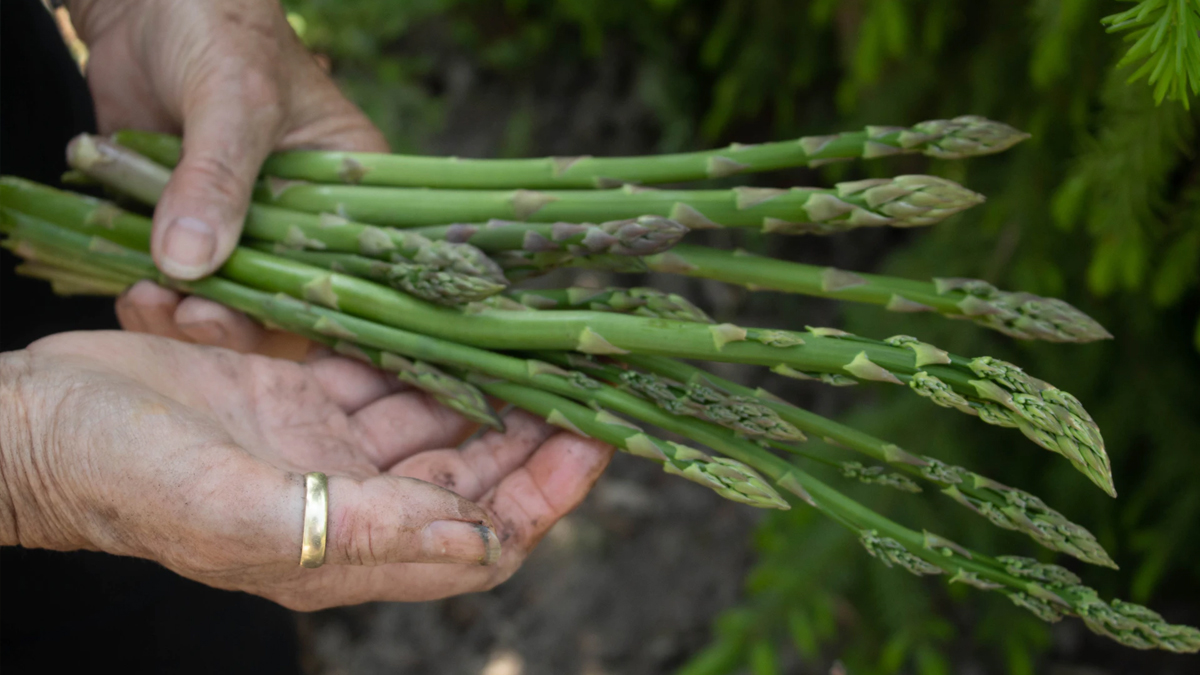
Asparagus lovers can’t wait to see those stalks begin to emerge from the soil in spring. This is a relatively easy vegetable to grow. The only hard part is that you have to wait one to two years before harvesting the first spears. Asparagus grows as a perennial in Zones 3-10 and can live for 15 years or longer.
Gardeners have more success planting live crowns over starting from seed, and all-male hybrids will produce the most stalks. Plant the crowns in a full-sun spot and keep the soil weed-free and well-watered.
2. Rhubarb
Another sure sign of spring is when everyone starts talking about their rhubarb. This is a terrific choice for your garden or landscape, with crimson stalks and tall, broad leaves. In growing Zones 3-8, it’s a tough and hardy plant that comes back for decades. Only the stalks are edible (discard the poisonous leaves). The tart flavor of rhubarb is a perfect foil to sweet ingredients in recipes for rhubarb pie, crumbles, sorbets and the old-fashioned drinks called shrubs.
To plant rhubarb, order roots, or ask a neighbor for a division of one of their rhubarbs. Plant them in a full-sun, well-drained spot
3. Jerusalem Artichokes
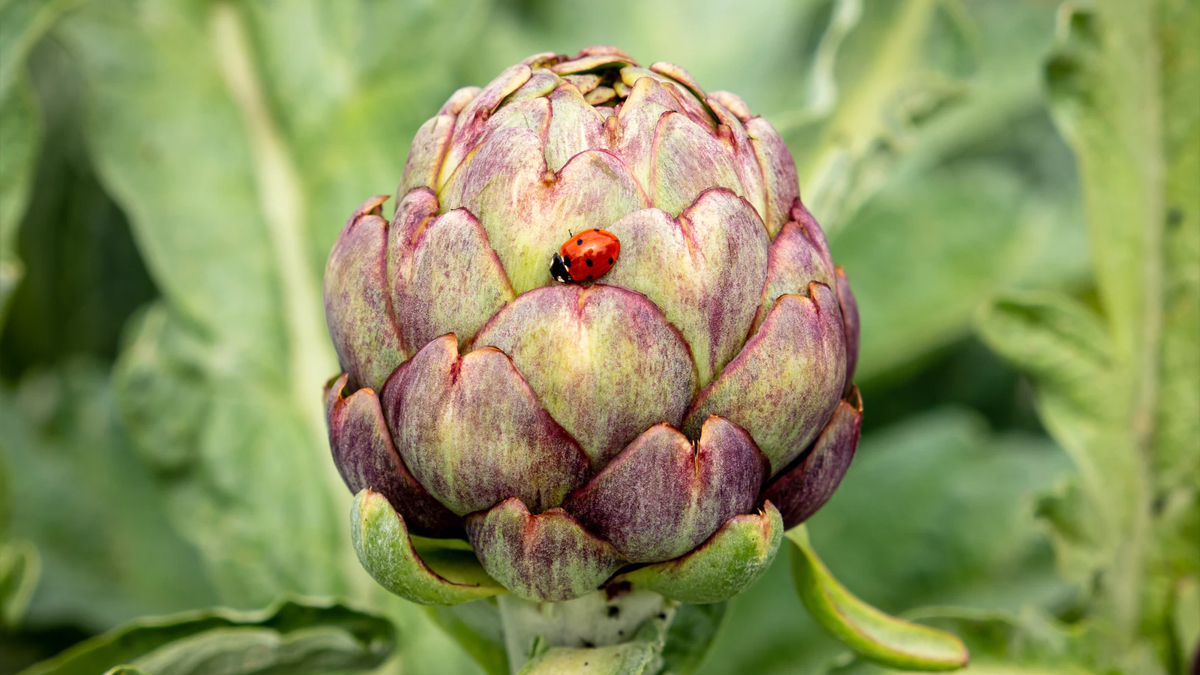
Also known as sunchokes, Jerusalem artichokes have become more popular in recent years. The plant reaches an impressive height of six to ten feet, and are topped with pretty yellow flowers. What they’re grown for are the roots, which look similar to knobs of ginger root. The roots can be poached, roasted, fried or eaten raw. Eating too many Jerusalem artichokes can cause stomach discomfort, so go slow if you’re new to this vegetable.
Plant Jerusalem artichokes in Zones 3-8 in a well-drained, sunny spot with plenty of room for the tall plants.
4. Onions
Not all onions can be grown as perennials, but there are a few easy-to-grow types that you should add to your garden. Bunching onions, better known as scallions are hardy in Zones 5-9, and they’re fast-growing, too. Different cultivars produce smaller or larger onions. Enjoy them throughout the growing season in stir-fries, salads or diced to make savory pancakes. Leave some in the garden to regrow next year. Other perennial onions to try are shallots (Zones 4-10) and Egyptian walking onions (Zones 3-9.)
5. Garlic
Many think of garlic as an annual because gardeners tend to harvest the entire crop of bulbs, requiring that more be planted for the next year. However, gardeners who get in the habit of leaving a portion of their bulbs in the ground are rewarded with garlic that comes back every year. This involves harvesting garlic from larger plants while letting smaller plants die back and stay in the ground.
Garlic generally falls into two categories: softneck that do better in warmer areas and hardneck that grow well in colder climates. Hardneck garlic plants also produce garlic scapes—the long, curling stems that can be snipped off and enjoyed for their mild onion-garlic flavor.
6. Horseradish
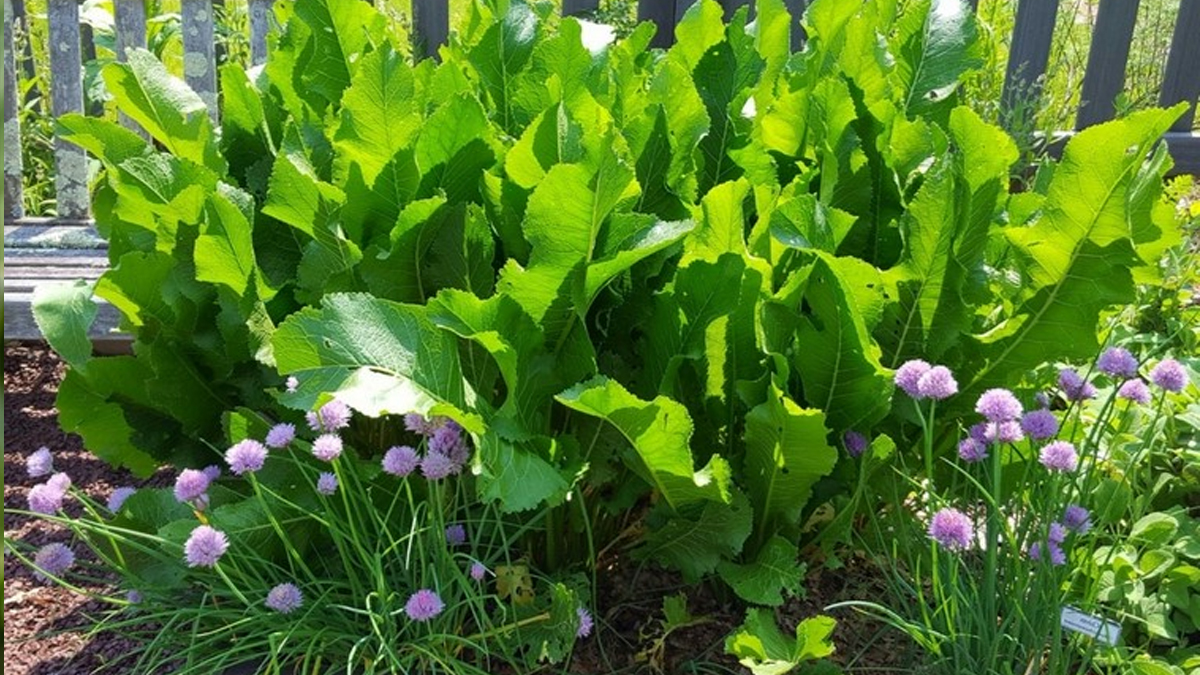
The taste of freshly grated horseradish root is so intense and flavorful—once you taste it you’ll never want to go back to the bottled stuff again. Fortunately, horseradish is easy to grow at home, suitable for growing Zones 3-9. Plant the roots early in the spring in a sunny location with room for the roots to spread. The plant grows to about 18 inches in height with tall, curly-edged leaves. The roots can be harvested in the fall and early winter.
7. Groundnut

Native to eastern North America, groundnut (Apios Americana) is a nitrogen-fixing, 6-foot vine that bears high-protein tubers that taste like nutty-flavored potatoes. Grow groundnut vines near a shrub (as support) in a moist site that receives full sun or partial shade. Harvest in fall. Hardy to Zone 3.
8. Scarlet Runner Beans
Scarlet runner beans (Phaseolus coccineus) are usually grown as ornamentals in most people’s gardens, but they are quite edible and nutritious, both as green beans and, later, as dried beans. The flowers, young leaves and tubers are also edible when cooked.
You can cook the pods as delicious green beans (haricots vert), or you can let the inner beans mature and ripen, and then either cook them fresh, or allow them to dry and then reconstitute them in soups or stews. These are also great for small spaces, as they’re eager climbers and can be trained up just about any vertical surface that gets decent sunlight.
Some Scarlet Runner beans plants have been known to live 20 or more years, practically taking over a garden! Hardy to Zone 4.
9. Globe Artichokes
Those who say that they love artichokes tend to refer to globe artichokes (Cynara cardunculus var. scolymus), and chances are that they’ve only had them once they’ve been marinated in olive oil and thrown on pizzas, but that’s okay! Whether you like the tender, savoury hearts, or the process of scraping the steamed leaves against your teeth to get at the sweet flesh at their base, globe artichokes are delicacies to be revelled in.
Although native to the Mediterranean, this thistle relative is cultivated all over Europe and North America, and is been prized in French and Spanish cuisine right alongside olive oil and good wine. For this to be a perennial crop, however, you have to live in hardiness zone 6 or higher: it doesn’t do well in cold climates.
10. Skirret
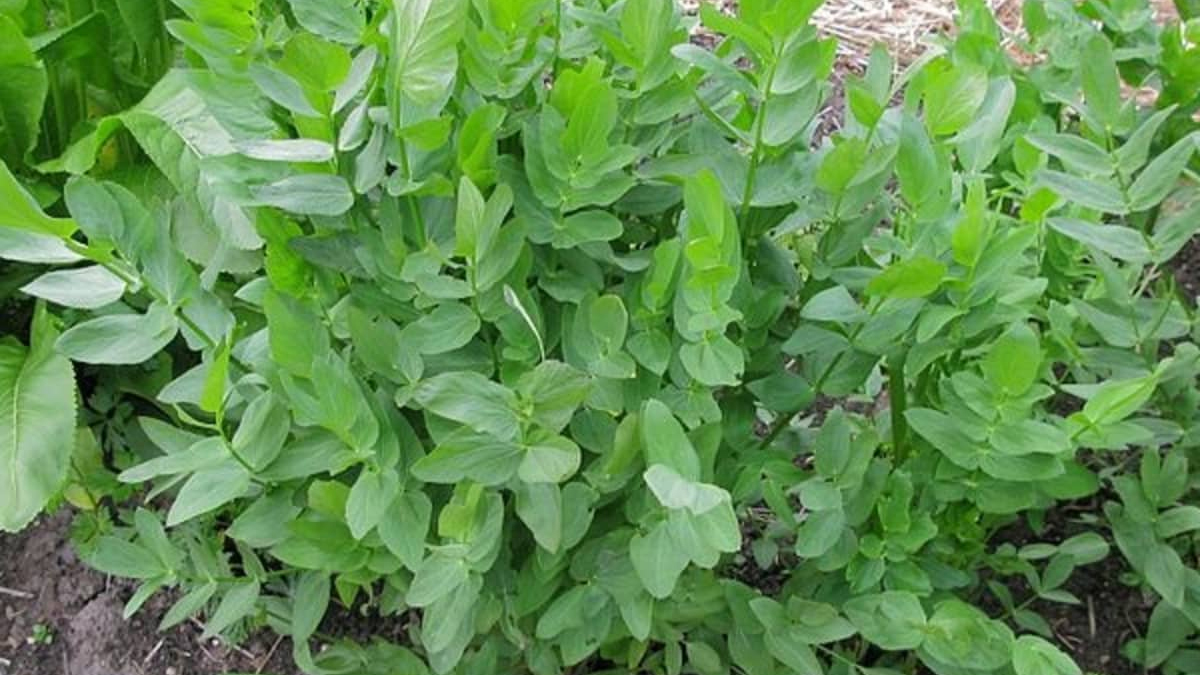
An old school vegetable, Skirret originated in China and was brought west in the Middle Ages. Commonly grown then, it’s basically a perennial version of parsnips but with a lower yield. They taste very similar, but Skirret grows thinner roots and produces slower. The thinner roots make it difficult to clean, and the low yields mean they’ll never be a commercial crop.
That said, if you want a plant it and forget it perennial parsnip-like vegetable then this is the one to try. It is hardy to zone 4.
More Information
For more information on perennial vegetables that grow in all climates, I’d highly recommend the book Perennial Vegetables by Eric Toensmeier. In it, he covers over 100 perennial vegetables along with growing instructions and range maps.
Get access to premium content and more!



